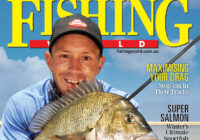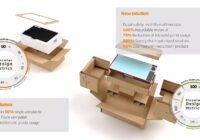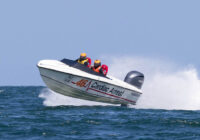News from Marine Safety South Australia – April 2024
It’s school holidays!
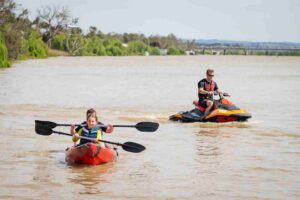
Remember to operate with extra caution while around others on your local waterways as this time of year is always busy!
When you’re out on the water, it’s important to keep these rules in mind:
- 4 knot speed limit within 30 m of other vessels.
- 4 knot speed limit within 50 m of people in the water.
- 4 knot speed limit within 50 m of kayaks, canoes, and all unpowered vessels.
If you plan on taking the kids out on the water, ensure all children under 13 are wearing their appropriate life jackets. Check out our lifejacket page to see what your requirements are. Which lifejacket do you need?
During school holidays, our waterways see an increase in boaters and other users. It’s important to share the water responsibly and keep these essential rules in mind whether you’re on coastal and inland waters.
Coastal:
- 4 knot speed limit within 200 m of the metro coast for PWC’s.
- 4 knot speed limit within 30 m of jetties.
Inland:
- Vessels must not operate within 100 metres behind a person being towed.
- If a person being towed falls into the water the person must hold an arm in the air to signal their presence.
Keeping safe in winter
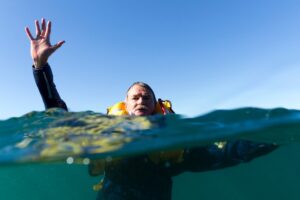
As we head into the middle of the year, the weather is cooling down and our waters are getting colder with some parts of the state already seeing water temperatures as low as 14°C.
Did you know, the risk of drowning increases five-times when water temperatures are under 15°C degrees?
Follow these steps to stay safe on the water this winter.
Know your lifejacket:
- Know what lifejacket you need.
- Wear your lifejacket.
Plan your means of contact:
- Log on with your local Sea Rescue or Coast Guard.
- Register your Emergency Positioning Indicating Radio Beacon (EPIRB) with the Australian Maritime Safety Authority (AMSA).
Check the forecast:
- Refer to Bureau of Meteorology to check up-coming weather.
- Know your vessels capabilities.
- If in doubt don’t go out!
Service your lifejacket
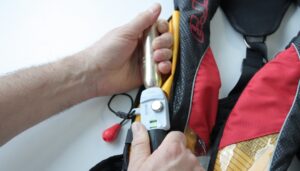
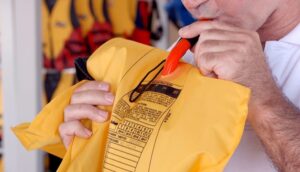
Make sure to keep your lifejacket in good condition even when it’s not peak season. Winter can mean you are using your boat less, which provides the perfect time to check and service your lifejackets, which should be done annually.
If you look after your lifejacket regularly, it will look after you! Remember to:
- rinse off salt water
- store in a dry, well-ventilated area, out of sunlight – especially for prolong periods of time
- not use lifejackets as cushions or fenders
- keep your lifejacket away from fuel and water.
Learn more about how to service your lifejacket yourself or find a servicer.
Maintaining your vessel
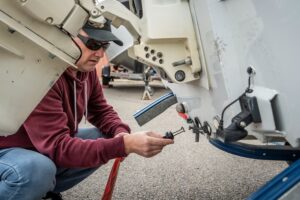
Now is an ideal time to begin working through your end-of-season checklist with our recommended boat maintenance schedule.
The major causes of breakdown for powered vessels are engine failure, fuel shortage or contamination, mechanical failure, and battery failure.
It is recommended that you learn how to:
- change the filter and primer bowl
- clean and change spark plugs
- check spark plugs are sparking
- check and replace fuses
- change propellor
- check the battery.
Reviewing these few simple things on your vessels before you head out could save you from getting into trouble. If you ever have concerns about your engine it is recommended to have it fully serviced in line with the manufacturer’s recommendations.
Don’t wait for your gear to expire
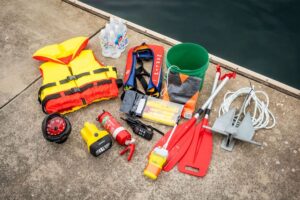
At the end of each boating season, it is critical to get all your safety gear up to date. Know that you are ready to go next time you head out by checking the expiry dates on the following safety equipment:
- fire extinguishers
- lifejackets
- flares
- EPIRB and Personal Location Beacon’s (PLB’s).
If you need an extra reminder reach out to to receive a DON’T EXPIRE safety sticker.
Once you have all your gear up to date test yourself on the 30 second rule. In an emergency you only have 30 seconds to get all your safety equipment. Watch our 30 Second Challenge video on making sure you can get all your gear quickly.
Ferry speed limit
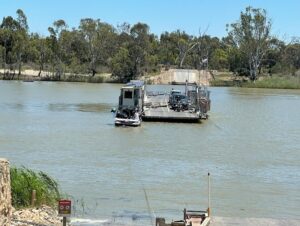
The Narrung ferry cables heights have recently been changed in order to improve opening times when we are experiencing extreme weather. It’s a good reminder to check up on your operating speeds around Ferries.
Remember to follow these rules:
- Within 100 metres of a ferry crossing, you must reduce your speed to 4-knots either side of the crossing.
- All vessels must give way to a ferry which is crossing the channel and avoid crossing ahead of the ferry.
- Never pass close to a ferry that is crossing the river. The heavy steel cables used to guide the ferry may be close to the surface and can seriously damage a boat.
- Always slow down and if necessary, stop and wait for the ferry to reach the bank before crossing.
- If your vessel is fitted with a horn, a four-to six-second blast should be sounded when between 800m and 400m from the ferry, then proceed with caution.
- If your vessel is not fitted with a horn then approach the ferry with caution.
- A ferry signals its intention by showing a flashing green light when at rest on either side of the river.
- At Mannum where there are two ferries, proceed when either one or both are showing their green flashing lights.
Unprotected waters
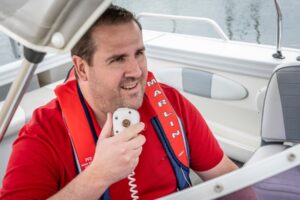
With winter fishing starting soon, plenty of people will be heading out on the water to catch King George whiting and tuna. It’s important when operating in unprotected waters that you take extra precautions to ensure your safety on the water.
Logging on and logging off with your local Sea Rescue or Coast Guard is one way to make sure you have a back-up plan if something goes wrong. When you call through you will need to state your:
- vessel registration
- vessel characteristics (type, colour, and length)
- your contact number
- estimated time of return
- marine radio type (VHF or 27 MHz).
Don’t forget when you’re operating in unfavourable conditions to update your location so that if anything goes wrong you have the best chance of being found. It’s important not to rely on mobile phone coverage as an emergency means of contact. When on the water there is often black spots or lost connections. Always let a family member know where you are operating and when you plan to be back.
If you get in trouble you may need to reach for your EPIRB. It’s important to know how to use it and maintain its condition. An EPIRB is a GPS equipped distress beacon that will help search and rescue authorities find you when activated. It’s important to ensure your EPIRB is registered with the Australian Maritime Safety Authority (AMSA).






